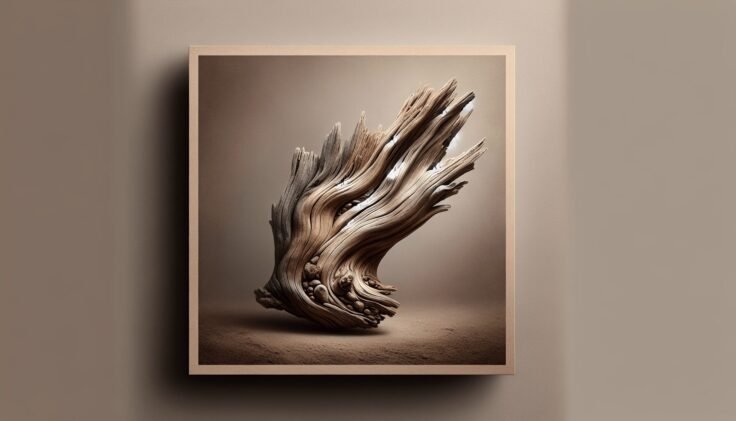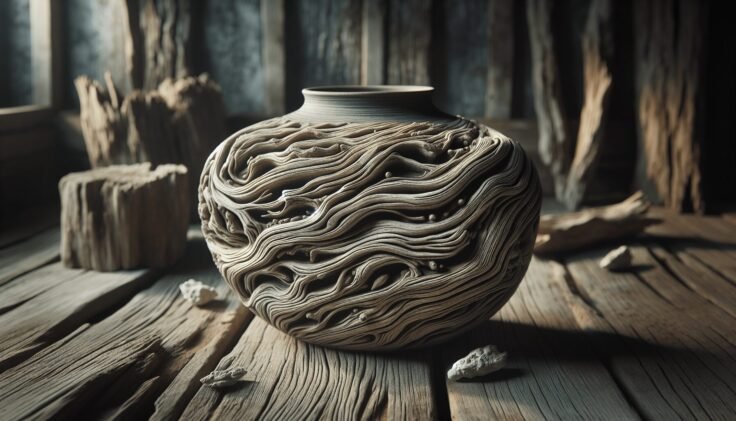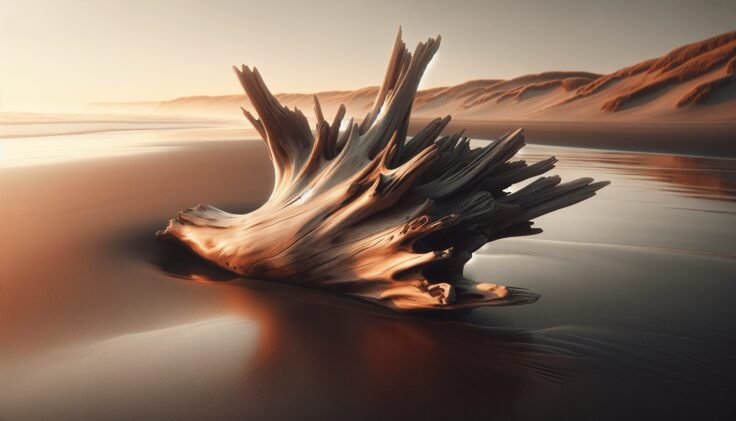Have you ever wondered about the stories hidden within a piece of driftwood washed ashore? Driftwood, shaped and sculpted by the elements, holds a certain mystique—a raw beauty that captivates the imagination. Transforming such a piece of nature into a driftwood mask is not only an artistic endeavor but also a journey into the world of nature’s artistry and cultural significance. Let’s embark on a fun exploration of driftwood masks, uncovering the process, cultural value, and practical steps to create your own!
Understanding Driftwood
Driftwood is wood that has been washed onto a shore or beach by the action of winds, tides, or waves. The journey it undergoes from fallen tree to beachcomber’s treasure involves various natural processes, such as weathering, bleaching by the sun, and erosion by water. Each piece of driftwood is unique in its shape, size, and texture, offering a distinctive raw material for creative projects like mask-making. Its aged and weathered appearance symbolizes resilience and the beauty of imperfection, adding a natural aesthetic to your creations.
The Formation of Driftwood
The lifecycle of driftwood begins when wood is dislodged from trees by phenomena such as storms or logging activities. Carried by rivers to seas or lakes, the wood gets tumbled, stripped, and shaped by the water, sometimes traveling great distances. This process can take years, and during this time, the wood develops unique textures and colors, becoming smooth and often pale from sun exposure. Understanding this formation process highlights the natural history embedded in every piece of driftwood, making it an especially meaningful material for artisans.
Symbolism and Cultural Significance
Driftwood has symbolic meanings in various cultures, often representing freedom, adaptability, and the cycles of life and nature. In art and decor, driftwood is valued for both its aesthetics and its symbolic connection to the ocean. In some traditions, driftwood also holds spiritual significance, believed to have absorbed the energy and wisdom of the waters and lands it has traveled. When incorporated into a mask, driftwood can serve not only as a medium of artistic expression but also as a bridge linking the creator to these broader meanings and histories.
Introduction to Driftwood Masks
Creating a driftwood mask involves crafting a face or visage from pieces of driftwood, often combining other natural elements like shells or stones. The concept of mask-making spans numerous cultures and eras, traditionally serving purposes ranging from theatre and performance to ritual and celebration. A driftwood mask, specifically, marries this long-standing tradition with the natural beauty and serendipity of found wood, allowing artists to explore themes of identity, nature, and transformation.
The Artistic Appeal
The unique character of driftwood—its quirky shapes, textures, and hues—is what makes it an appealing medium for masks. Artists are drawn to the challenge of seeing potential faces within pieces that are irregular or asymmetrical, transforming perceived flaws into focal points of character and expression. Driftwood’s inherently abstract nature often results in masks that are not only visually engaging but also open to interpretation, inviting personal connection and reflection.
Historical Context
The use of masks has deep roots across cultures, from the ceremonial masks of Africa to the theatrical masks of ancient Greece. Although driftwood might not have been a primary material historically, the tradition of creating masks from natural materials suggests deep respect for and connection with the environment. Embracing driftwood in mask-making today carries these ancient themes forward, blending traditional practices with contemporary artistic expression.
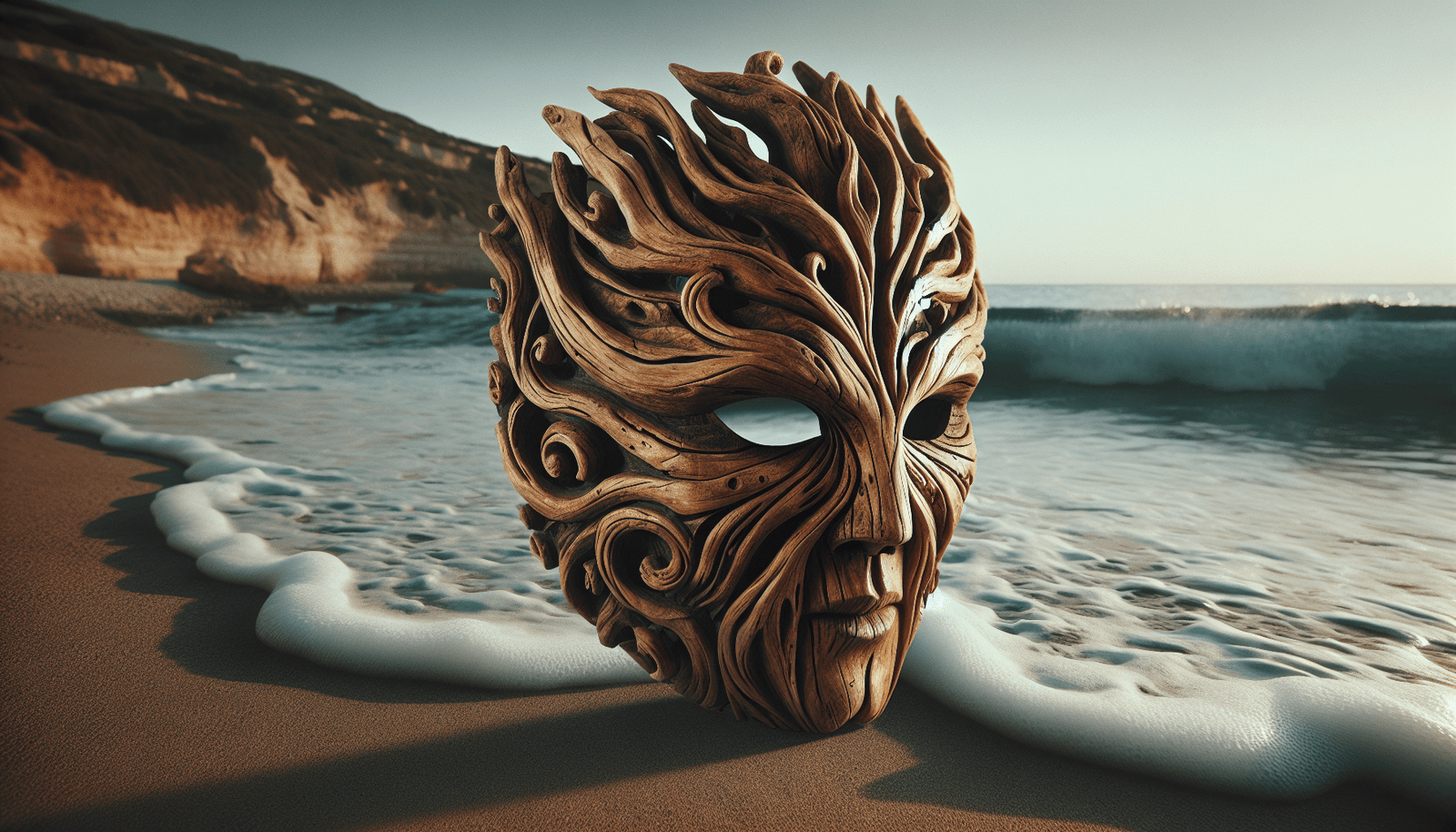
Crafting Your Driftwood Mask
Creating a driftwood mask is an exciting project that taps into your creativity, resourcefulness, and appreciation for natural materials. Here’s a step-by-step guide to bring your own driftwood mask to life, emphasizing both artistic vision and practical techniques.
Gathering Your Materials
To begin crafting your driftwood mask, you’ll need a few essential materials, each carefully chosen to complement the organic aesthetics and structure of your mask.
Materials Needed:
| Item | Purpose |
|---|---|
| Driftwood Pieces | Base material for the mask |
| Adhesive | Joining driftwood and other components |
| Sandpaper | Smoothing and refining the surface |
| Paint and Brushes | Adding color for enhanced visual effects |
| Found Elements | Shells, stones, or feathers for added dimensions |
When choosing your driftwood pieces, look for ones that inspire you with their shape or texture. Variety in size and form will provide you with more creative flexibility when assembling your mask.
Designing the Concept
Before assembly, it’s helpful to sketch or mentally visualize your mask design. Consider how each piece of driftwood can contribute to your desired expression. Will your mask have a serene or fierce appearance? What emotions or themes do you want to convey? Explore these creative directions to provide a foundation for your project.
Assembling the Mask
Prepare the Driftwood: Start by cleaning your driftwood pieces, removing sand, dirt, or salt. Use sandpaper to smooth edges that might be rough, ensuring safety and aesthetics.
Create a Base: Select a primary piece of driftwood for your mask’s foundation. This should ideally have a shape that suggests facial features or can easily be manipulated to do so.
Arrange and Attach: Lay out your design by arranging additional driftwood pieces and other found elements around your base piece. Once satisfied with the composition, use adhesive to securely attach each part, ensuring they are supported and aligned properly.
Final Touches: After assembling the main structure, paint or add small elements to highlight features of the mask, like eyes or mouths, giving your mask character and intensity.
Drying and Finishing: Allow the adhesive and any paint to fully dry. You might seal your mask with a clear coat to enhance its durability and finish appearance.
Displaying Your Mask
Displaying your driftwood mask effectively can enhance its visual impact and preserve the work you’ve put into it. These masks make compelling wall art, or can serve as unique centerpieces on flat surfaces.
Maintenance Tips
To keep your driftwood mask in good condition, avoid excessive moisture or direct sunlight exposure. Gentle dusting and occasional inspections for stability will maintain its appearance and structural integrity.
The Connection Between Art and Nature
Driftwood masks exemplify the core intersection of art and nature, demonstrating how natural materials can be a profound source of creativity and inspiration. Creating art from driftwood is more than just crafting; it’s an appreciation of nature’s design, an act of sustainability by repurposing found materials, and a celebration of the intricate beauty within seemingly simple objects.
Environmental Perspectives
Embracing driftwood and other found materials for art encourages an environmentally conscious mindset. By using what nature provides without altering ecosystems, artists not only celebrate the environment but also promote its preservation. Additionally, they inspire others to find beauty and potential in what might otherwise be dismissed or overlooked.
Personal Connection and Reflection
For many, the process of creating with driftwood is a meditative experience—a way to connect with nature on a personal level. Each piece of driftwood carries its own history and story, lending a sense of connection to the larger world outside oneself. The act of shaping and transforming this wood becomes a dialogue between the artist and the natural world, sparking reflection and personal growth.
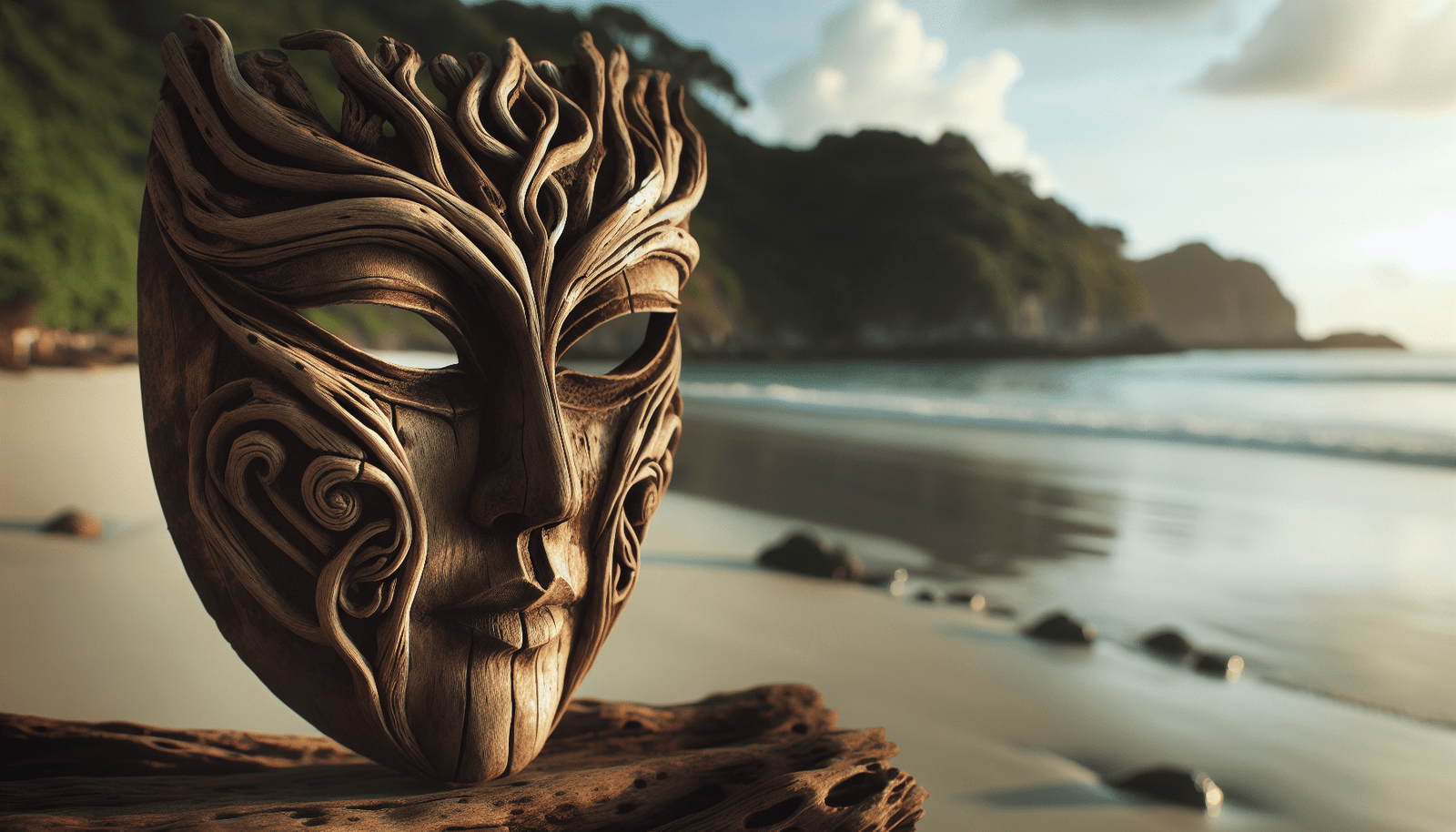
Driftwood Masks in Modern and Traditional Contexts
Although driftwood masks are seen today primarily in art and home decor, they can also engage with broader cultural practices and storytelling.
In Modern Art
Contemporary artists use driftwood masks in gallery exhibitions and installations, highlighting themes of nature, identity, and transformation. In these settings, the masks serve not only as objects of beauty but also as provocative items that invite viewers to contemplate their relationship with the natural world and themselves.
Traditional Inspirations
Though driftwood itself may not have a rich traditional history, mask-making does. Indigenous cultures have long used masks in rituals, storytelling, and ceremonies. Driftwood masks can draw inspiration from these traditions, paying homage while also innovating within the medium to bring new expressions to life.
Conclusion
Crafting a driftwood mask is a creative adventure that links you to the rhythms and stories of nature, engaging both hands and heart. Each mask is a testament to the beauty born from collaboration between human creativity and wilderness. Whether you’re a seasoned artist or a curious beginner, working with driftwood promises discovery and fulfillment, weaving together nature’s artistry with your personal touch. Why not gather some driftwood and see what artistic journey awaits you?

